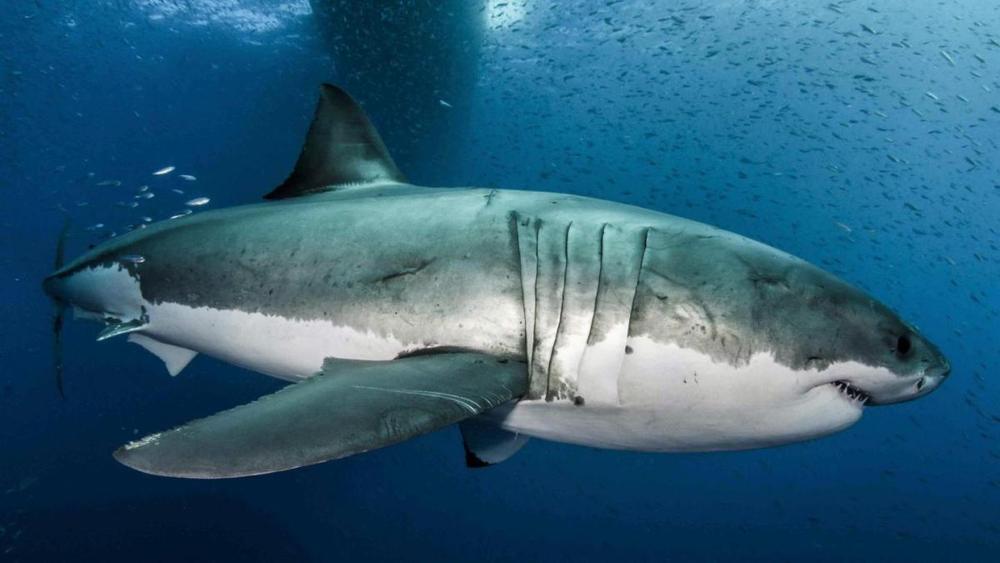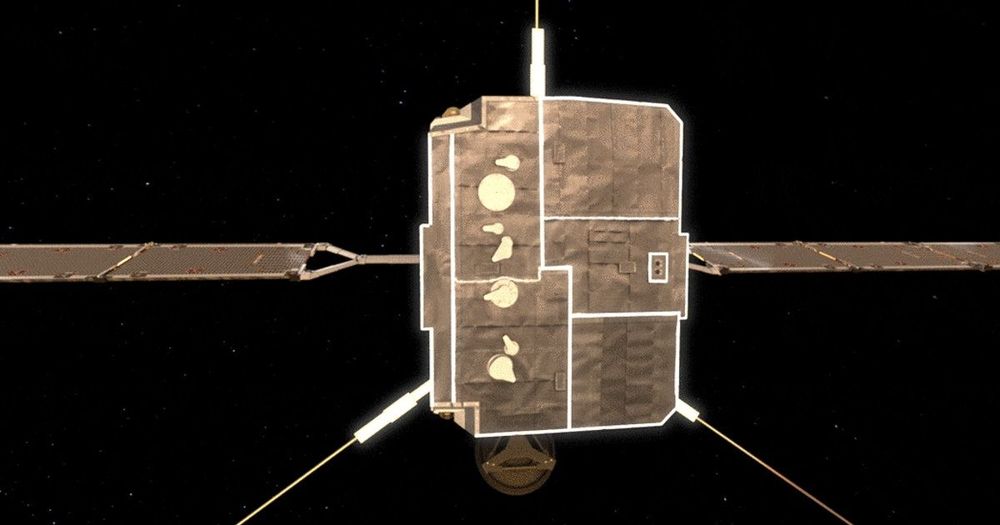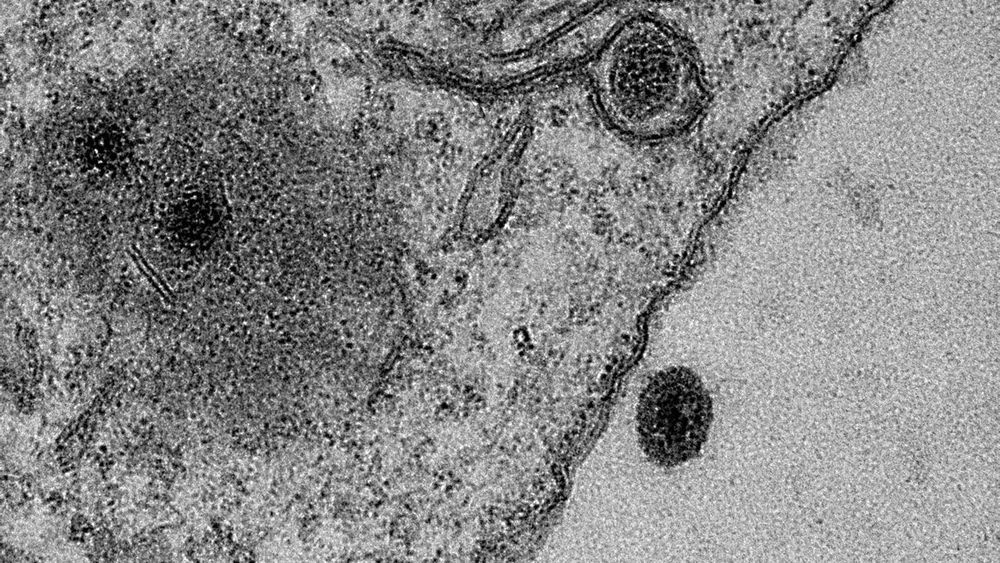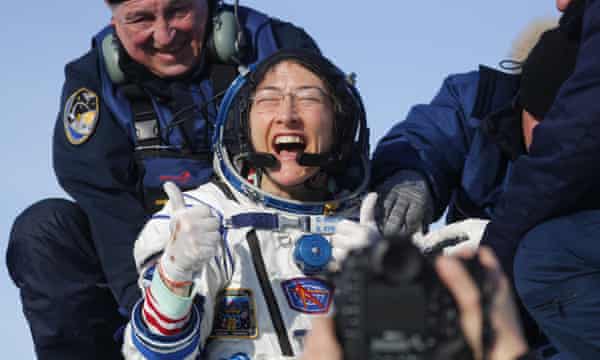O.o.
If you’ve ever seen any Jaws movies, you know not to mess with the great white shark. New research says there is more reason to be in awe of these predators: their DNA makes them resilient to diseases like cancer.
A collaborative research team from Nova Southeastern University, Florida, California State University, Cornell University College of Veterinary Medicine, University of Porto, Portugal and others published their findings in PNAS.
“Decoding the white shark genome is providing science with a new set of keys to unlock lingering mysteries about these feared and misunderstood predators – why sharks have thrived for some 500 million years, longer than almost any vertebrate on earth” said Dr. Salvador Jorgensen, a Senior Research Scientist at the Monterey Bay Aquarium, who co-authored the study.









